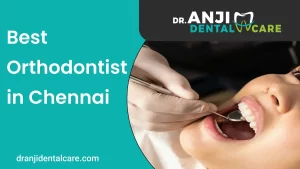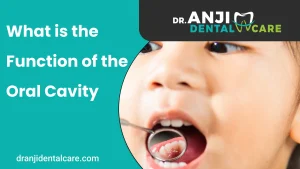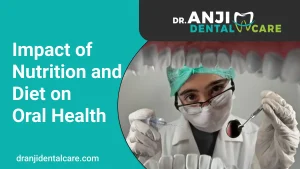When it comes to maintaining good oral health, regular dental examinations are crucial. These examinations help detect potential issues early on, ensuring timely intervention and prevention of more significant problems. We will delve into the different types of dental examinations that dentists employ to keep our smiles healthy and bright.
Understanding the Two Major Types of Dental Examinations
In the realm of dentistry, there are primarily two major types of dental examinations: routine check-ups and comprehensive examinations.
Routine Check-ups:
- These are the standard dental examinations that individuals are advised to undergo at least twice a year.
- Dentists perform a thorough examination of the teeth and gums, looking for signs of decay, cavities, or gum disease.
- X-rays may be taken to detect hidden issues that are not visible during a visual inspection.
- Routine check-ups are essential for preventive care, allowing dentists to address minor concerns before they escalate.
Comprehensive Examinations:
- This types of dental examination is more detailed and is often recommended for new patients or those who haven’t had a dental check-up in an extended period.
- Comprehensive examinations include a thorough examination of the entire oral cavity, head, and neck.
- Dentists may check for signs of oral cancer, jaw disorders, and other abnormalities.
- X-rays, impressions, and other diagnostic tools may be used to gain a comprehensive view of the patient’s oral health.
Exploring Types of Oral Examination in Dentistry
Types of oral examination in dentistry, dental professionals use various techniques to conduct oral examinations. These types of dental examinations go beyond visual inspections and provide a deeper understanding of oral health.
Visual Examination:
- The most common type of oral examination involves a visual inspection of the mouth, teeth, and gums.
- Dentists look for signs of decay, discoloration, swelling, or abnormalities in the soft tissues.
- This examination helps identify surface-level issues that may require further investigation.
Palpation in Dentistry:
- Palpation involves the manual examination of the oral cavity and surrounding structures.
- Dentists use their fingers to feel for any abnormalities, tenderness, or swelling in the jaw, neck, or oral tissues.
- This technique is especially useful in detecting issues related to the temporomandibular joint (TMJ) and assessing the health of lymph nodes.
Types of Palpation in Dentistry
Palpation is a specific aspect of oral examination that deserves attention. There are different types of palpation in dentistry techniques employed by dentists for a comprehensive assessment.
Intraoral Palpation:
- Dentists use their fingers to examine the inside of the mouth, feeling for any irregularities on the tongue, palate, and other soft tissues.
- This technique helps identify abnormalities such as lumps, bumps, or lesions that may not be visible during a visual examination.
Extraoral Palpation:
- This involves the examination of the external structures of the face and neck.
- Dentists use their hands to feel for any swelling, tenderness, or abnormalities in the jaw joints, muscles, and lymph nodes.
- Extraoral palpation is crucial for detecting issues related to the TMJ and assessing overall oral health.
Key Takeaways on Types of Dental Exam
- Routine check-ups and comprehensive examinations are the two major types of dental examinations, each serving a specific purpose in maintaining oral health.
- Visual examinations and palpation techniques are essential components of oral examinations, providing dentists with valuable information about a patient’s oral health.
- Intraoral and extraoral palpation are specific techniques used in dentistry to assess the internal and external structures of the oral cavity.
Conclusion:
Regular dental examinations are the cornerstone of preventive oral care. Whether it’s a routine check-up or a comprehensive examination, these appointments play a crucial role in maintaining optimal oral health. Dentists employ various types of dental examinations, including visual inspections and palpation techniques, to ensure a thorough assessment. By understanding the importance of different types of dental exam methods, individuals can actively participate in their oral health journey. Remember, a healthy smile begins with regular dental check-ups.




